Sometimes, even the most eager green thumbs need to keep their plants in the shade. Yes, many plants adore sunlight, but others will eventually wilt under its intense heat. Overexposure can scorch their delicate leaves, dry out their roots, and leave them struggling to survive. Here’s a list of 16 plants that won’t just dislike full sun—they could die if exposed to too much.
Ferns
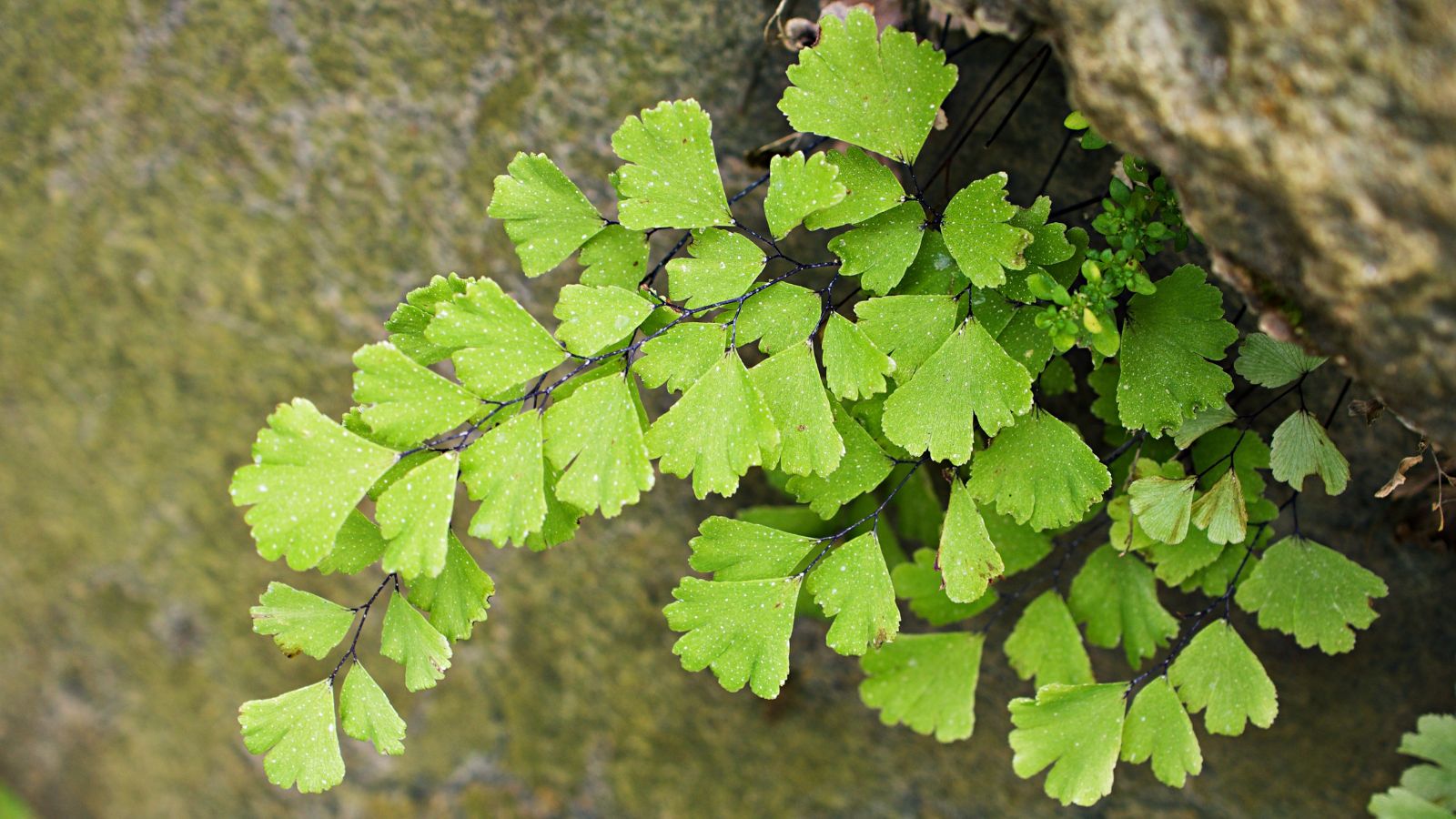
One plant that will undoubtedly die if exposed to much sun is ferns, especially varieties like Boston and Maidenhair ferns. That’s because these forest-floor dwellers thrive in shaded, humid conditions, making them delicate and sensitive to direct sunlight. For lush, green foliage, keep ferns in shaded or dappled light to avoid leaf burn.
Hostas
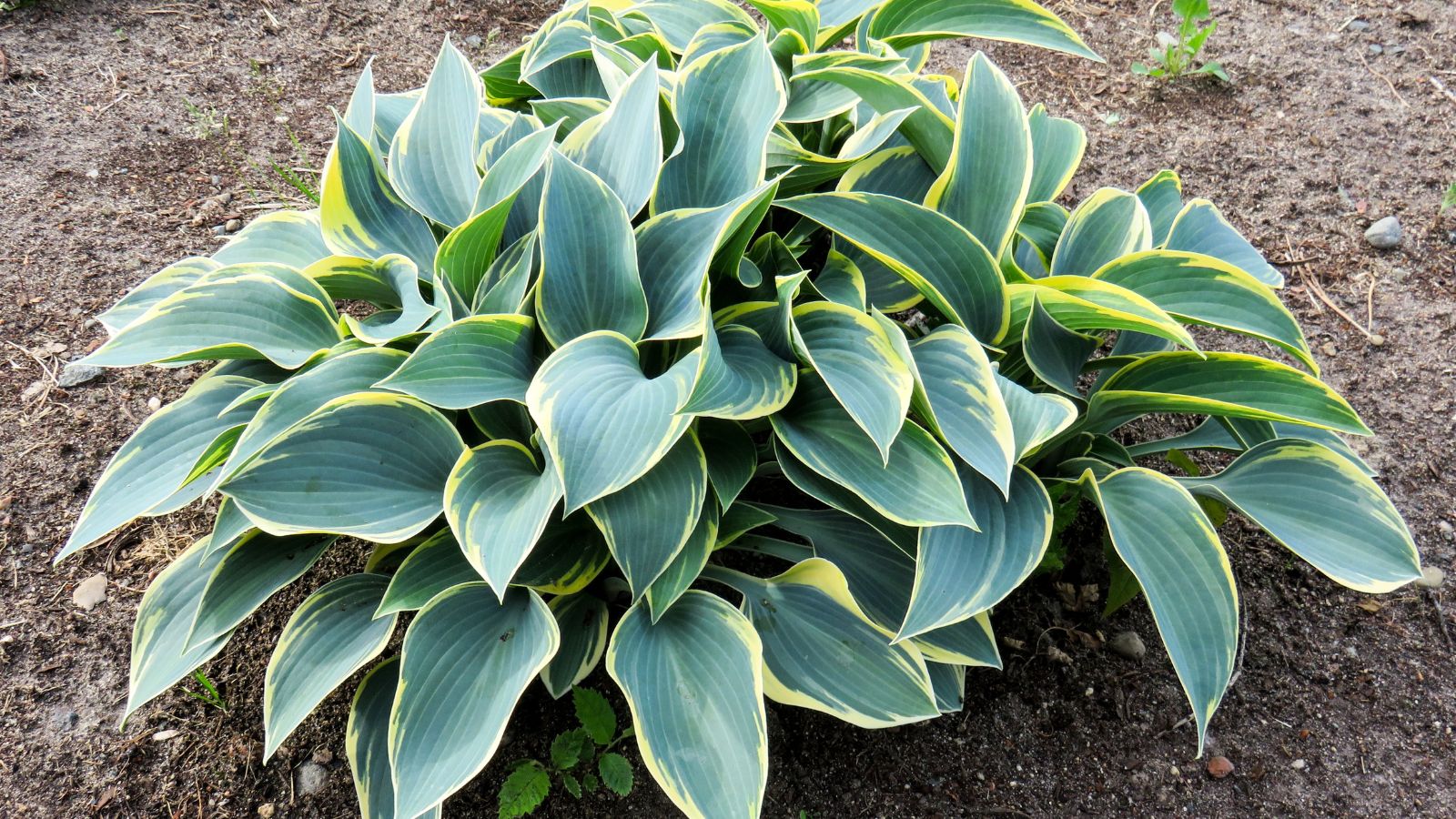
Another shade-loving plant is the hosta, which shows its best colors in low light. Some varieties can tolerate gentle morning sun, but under intense, prolonged sunlight, most hostas will wilt or scorch, leaving their once-vibrant leaves dull and faded. Instead, they prefer a sheltered location under trees or against shaded garden walls to maintain their signature look.
Astilbes
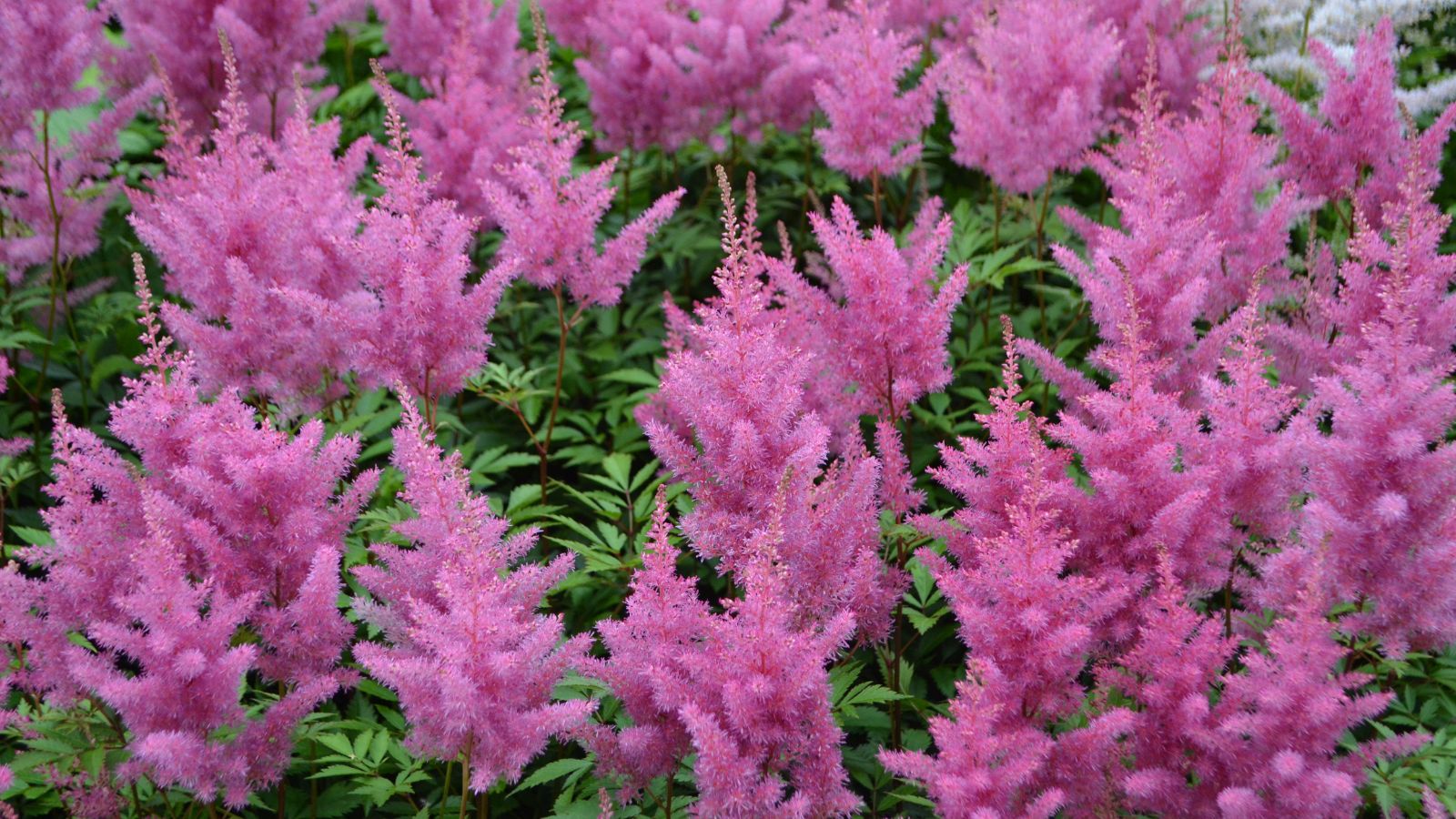
Astilbes are lovely woodland plants that favor partial or dappled light but can handle a bit of morning sun. However, too much direct exposure can leave their feathery plumes and leaves wilting. You wouldn’t want that, so ensure that you plant them in the shade, and astilbes will reward you with soft pink, red, or white flowers that brighten any garden bed.
Bleeding Hearts
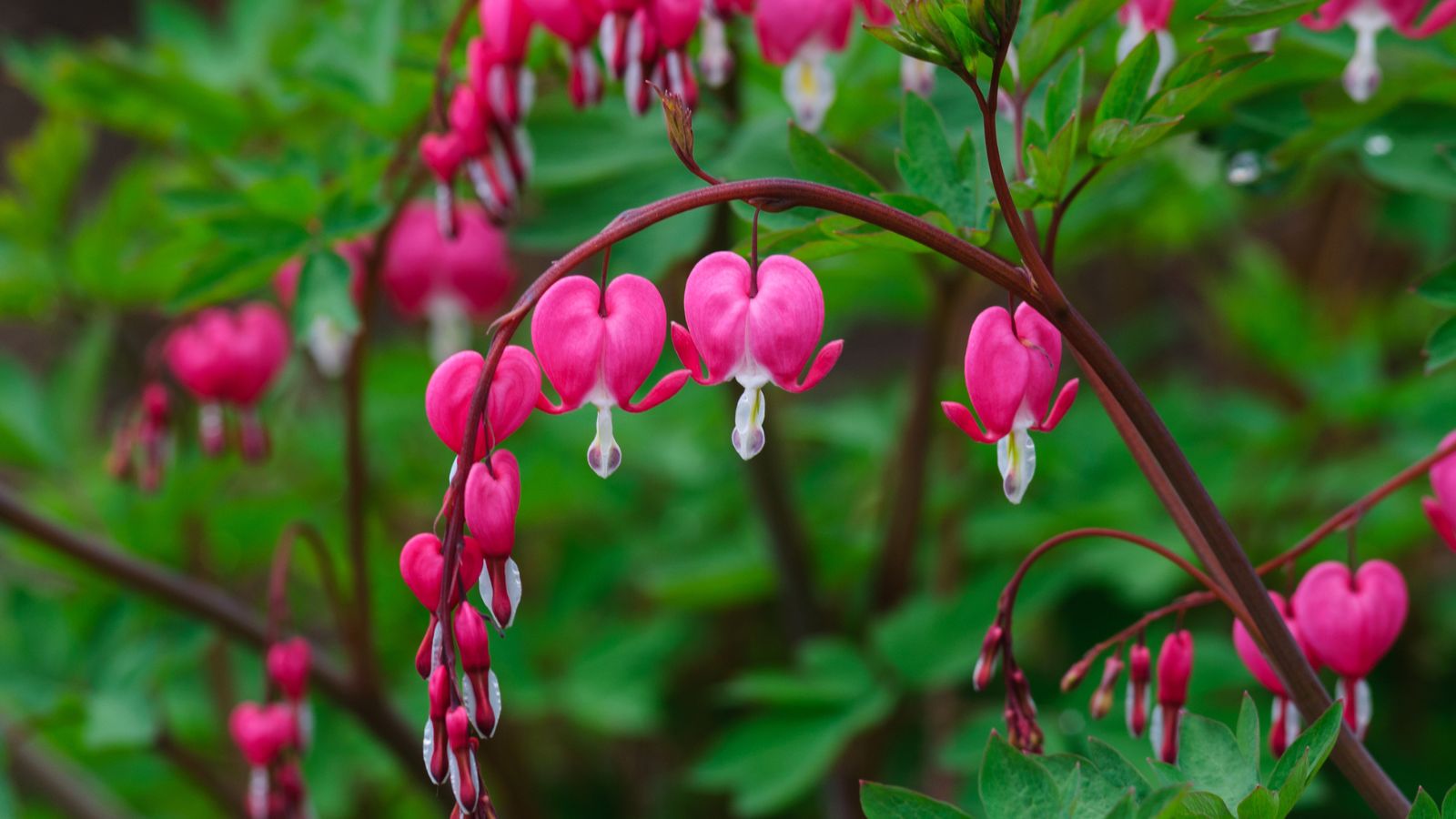
With their heart-shaped blooms, bleeding hearts are particularly delicate, and overexposure to sunlight can cause them to go dormant earlier than usual. This plant prefers partial to full shade, where it can maintain its vibrant pink and white flowers without the threat of wilting or premature dormancy.
Japanese Maple
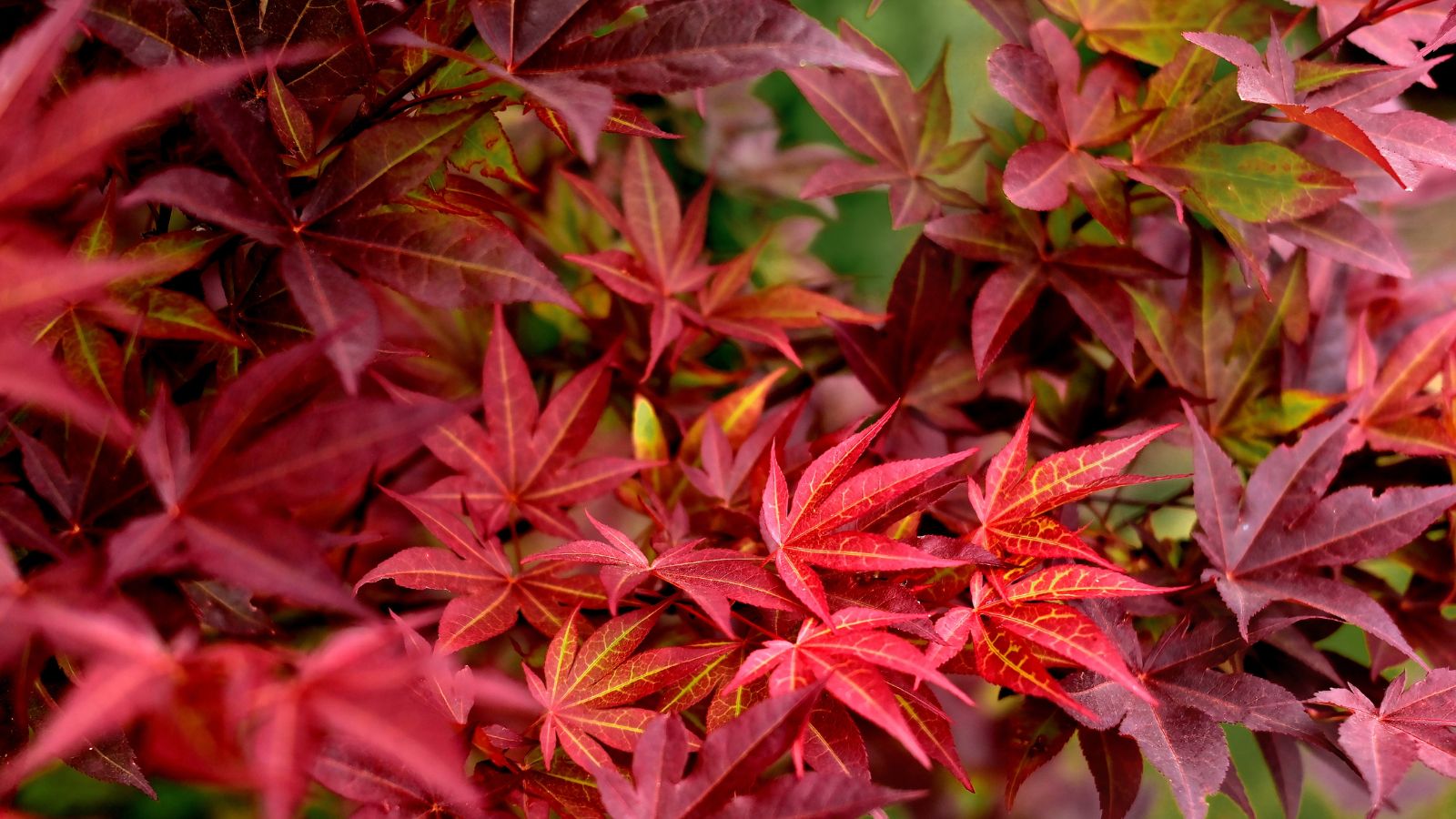
Japanese maples are elegant trees with lacy leaves that can suffer from leaf scorch in direct sunlight. While these maples tolerate dappled sunlight, most varieties require shaded or partially shaded areas to protect their leaves from intense sun. As long as you plant them with some shelter, though, your Japanese maples should keep their signature red or green hues intact.
Lungwort
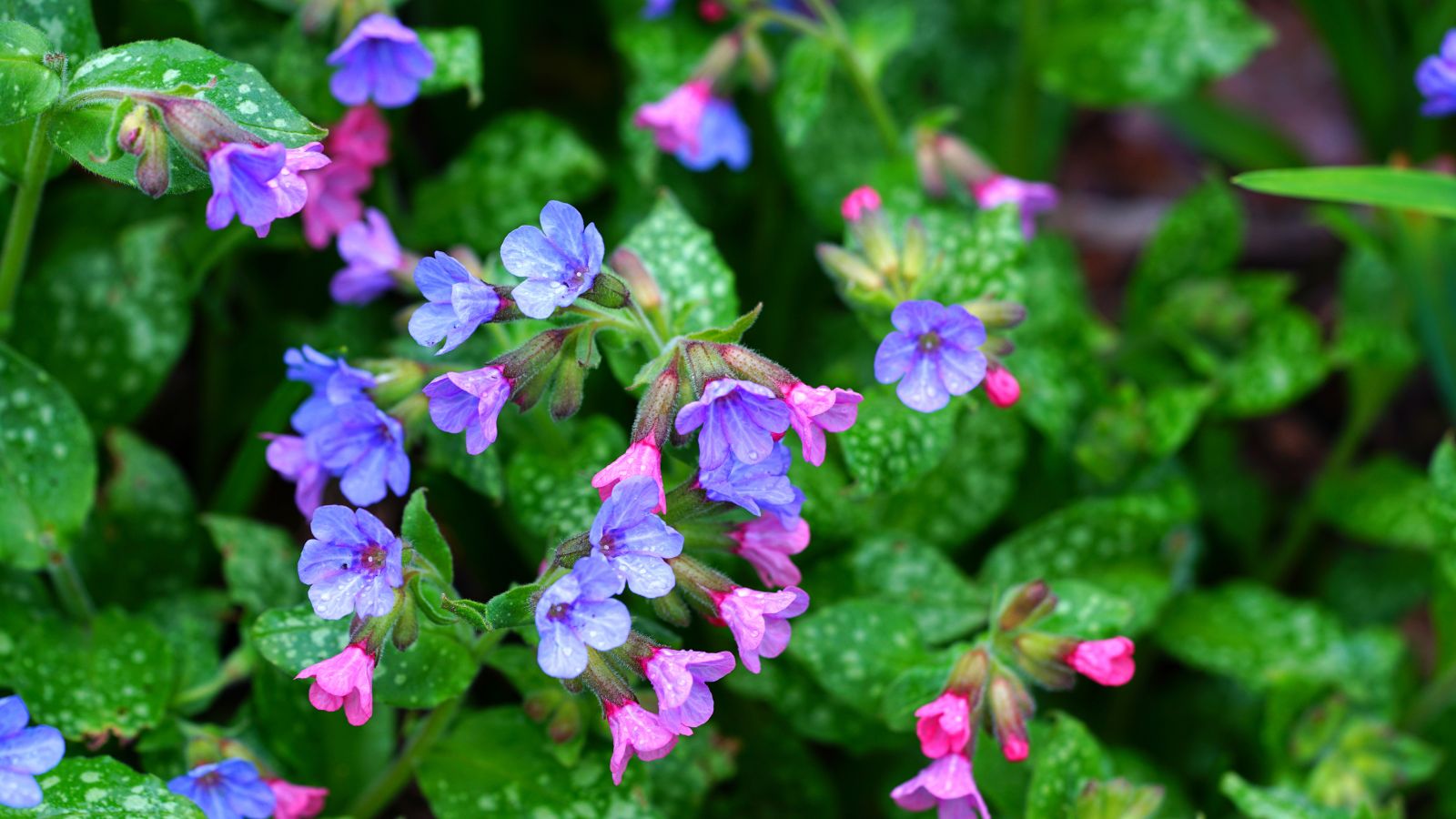
The spotted leaves and vibrant blooms of lungwort flourish in shady environments, and as a result, exposure to strong sunlight can cause the foliage to wilt quickly, reducing the plant’s unique appeal. Don’t worry too much, though–in a moist, shaded area, lungwort will stay healthy, and its signature leaf pattern will continue to bring joy to your yard.
Foamflower
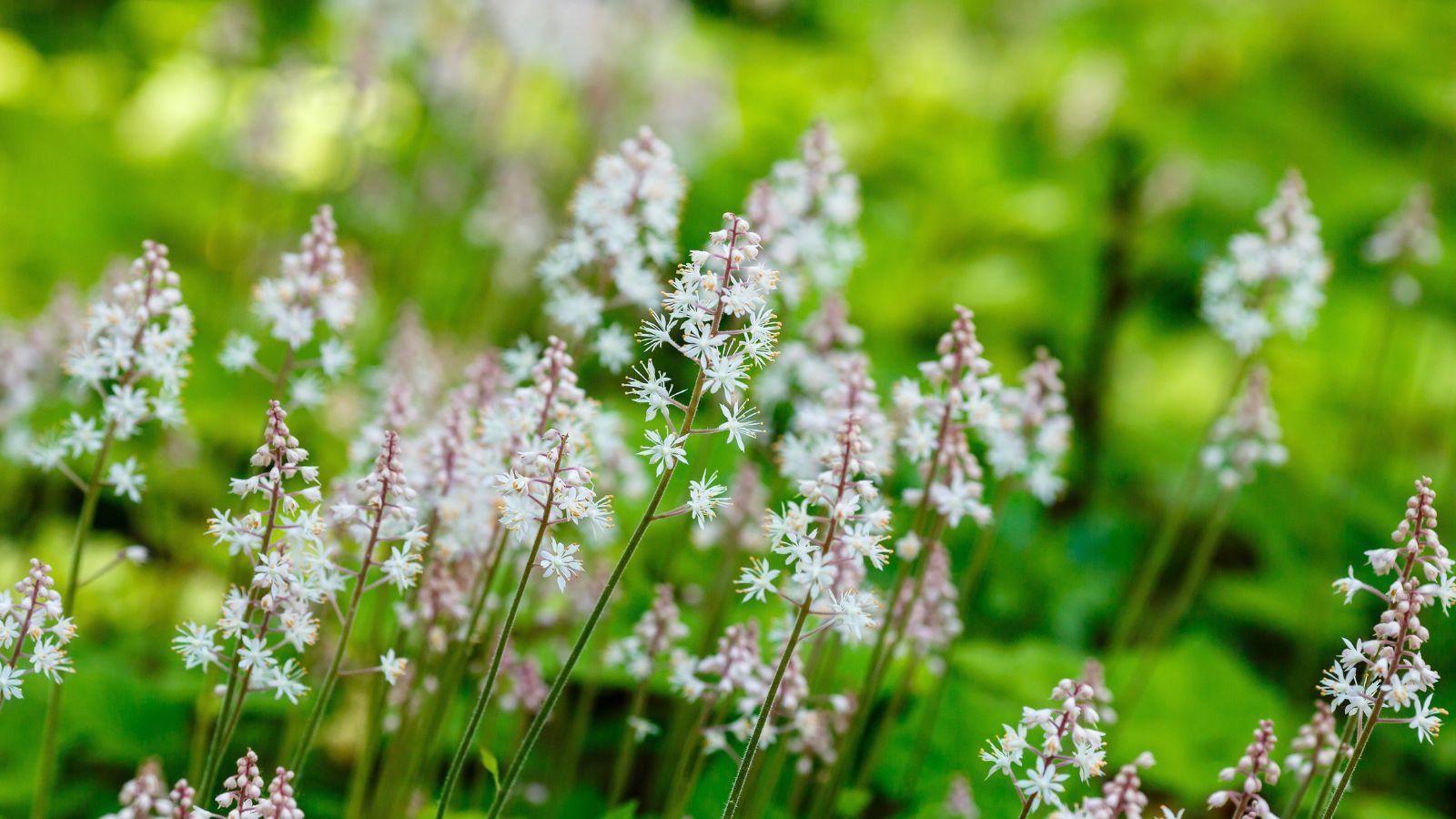
Another plant that will die if exposed to too much sun is the foamflower, as its delicate blooms and foliage need shade to thrive–just like most plants on this list. Direct sun exposure often leads to leaf droop, while shade keeps them healthy and hydrated. So, remember to plant them in a moist, shaded garden bed to prevent their soft, star-like flowers from dying.
Toad Lilies
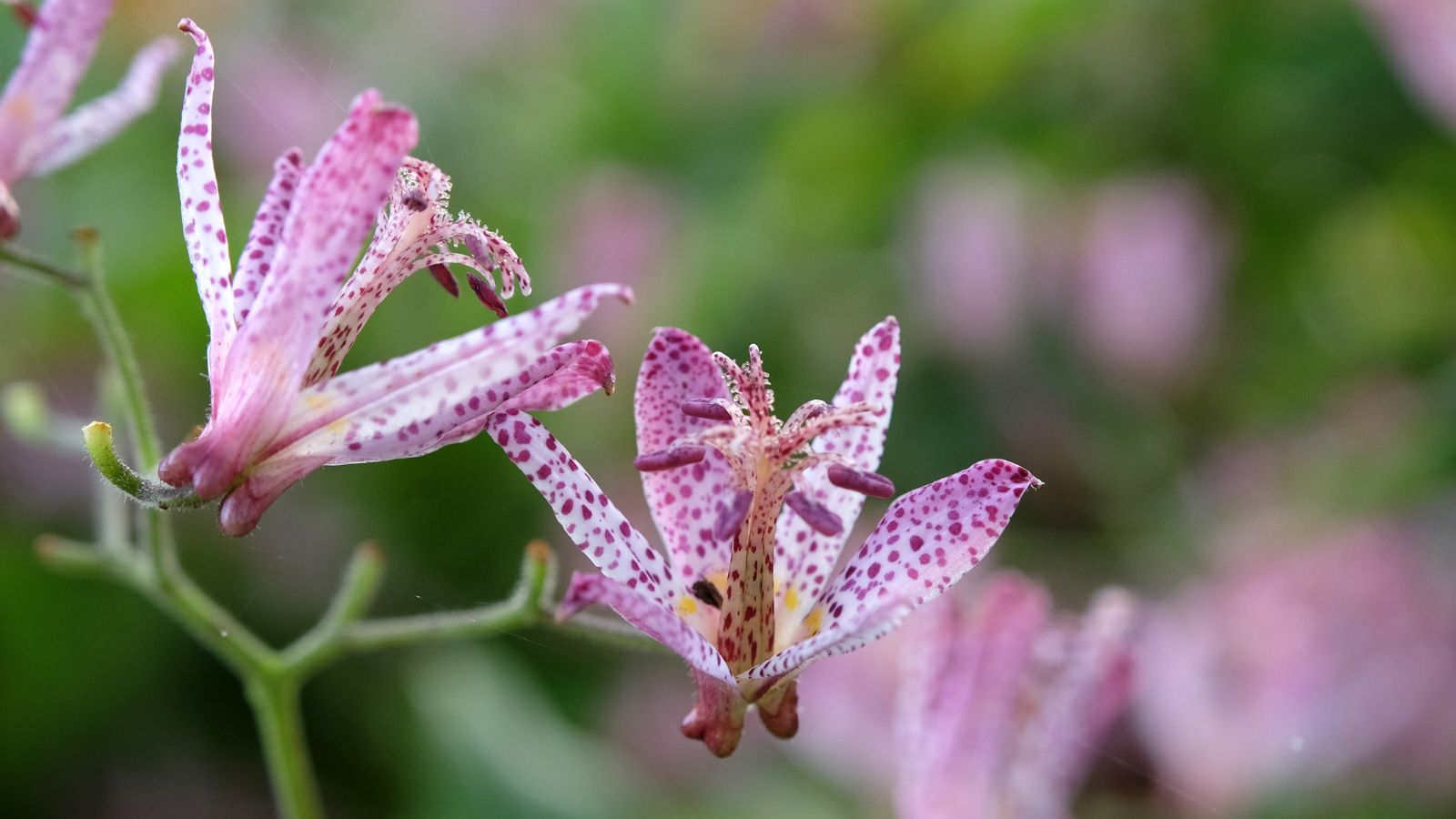
Toad lilies have orchid-like blooms that flourish best in a shaded environment, with direct sunlight causing their leaves to shrivel, leaving them dry and unattractive. Tucked into a shaded corner, though, toad lilies will always add an exotic touch to gardens, keeping their unusual beauty intact and brightening the space with their delicate flowers.
Primroses
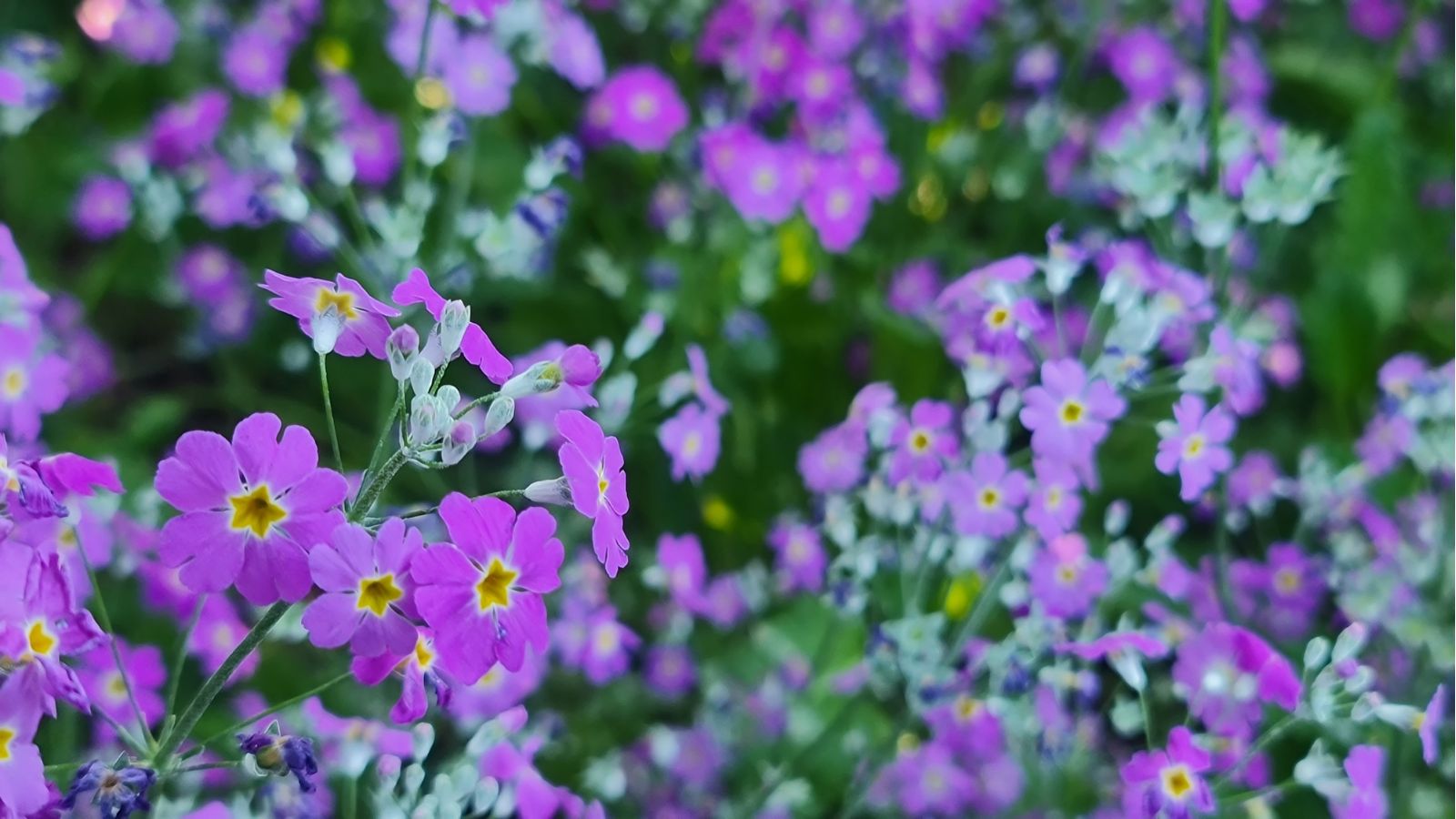
You should never plant primroses directly in front of the sunlight, as these are shade-loving blooms that thrive in cool, shaded areas with moist soil. Sadly, too much sun exposure can cause them to fade quickly, leaving them dry and wilted. However, in the right shady spot, primroses display their vibrant colors best, adding a cheerful splash to borders and shaded garden beds.
Jacob’s Ladder
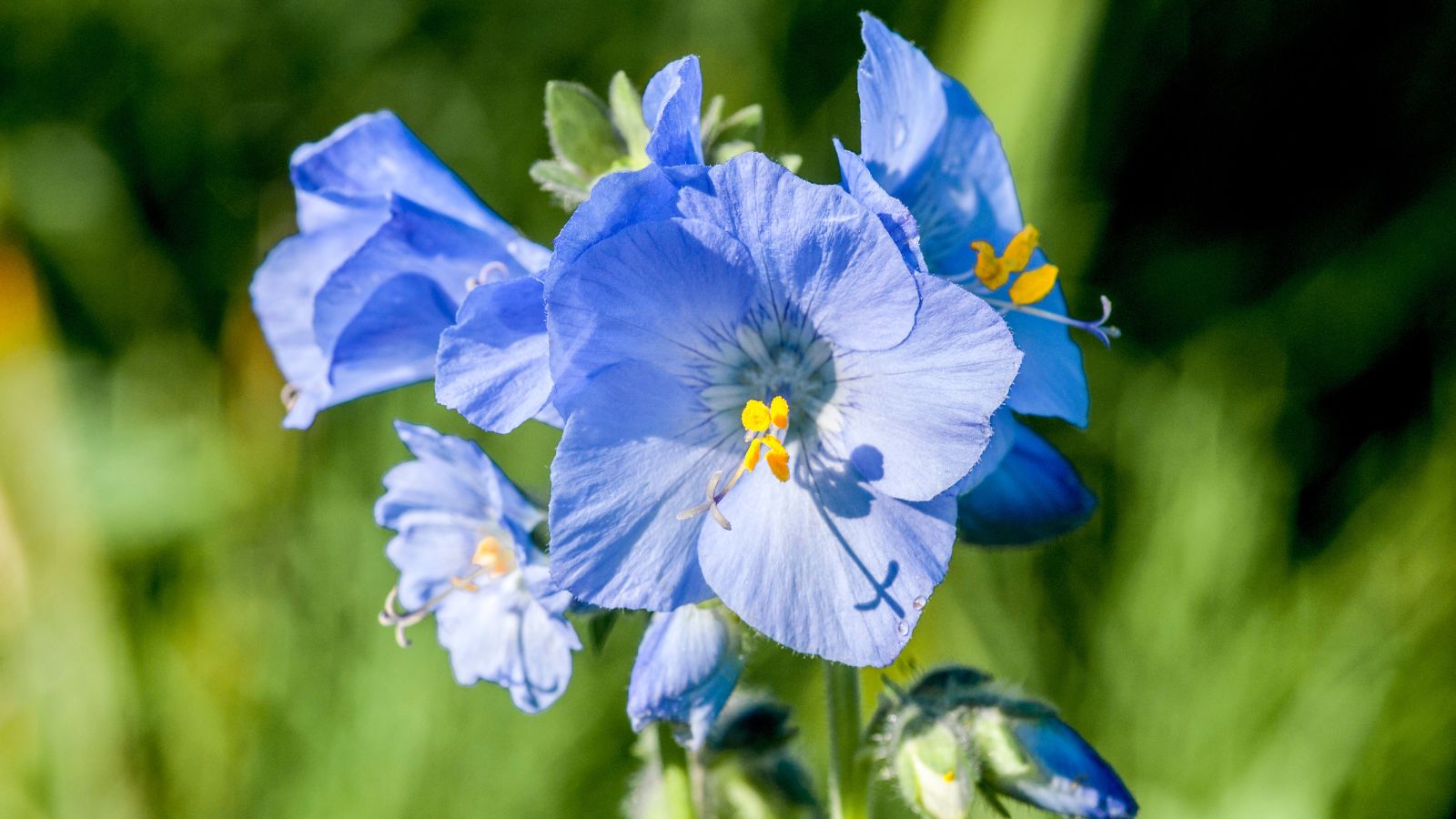
The ladder-like leaves and clusters of soft purple flowers of Jacob’s ladder will undoubtedly bring a spectacle to your garden, but only if you remember that it prefers shade. Just like most plants on this list, its tender leaves can scorch under intense sunlight, becoming brown and wilted. Just keep them in a cool, shaded environment, and you won’t have too much to worry about.
Bugleweed
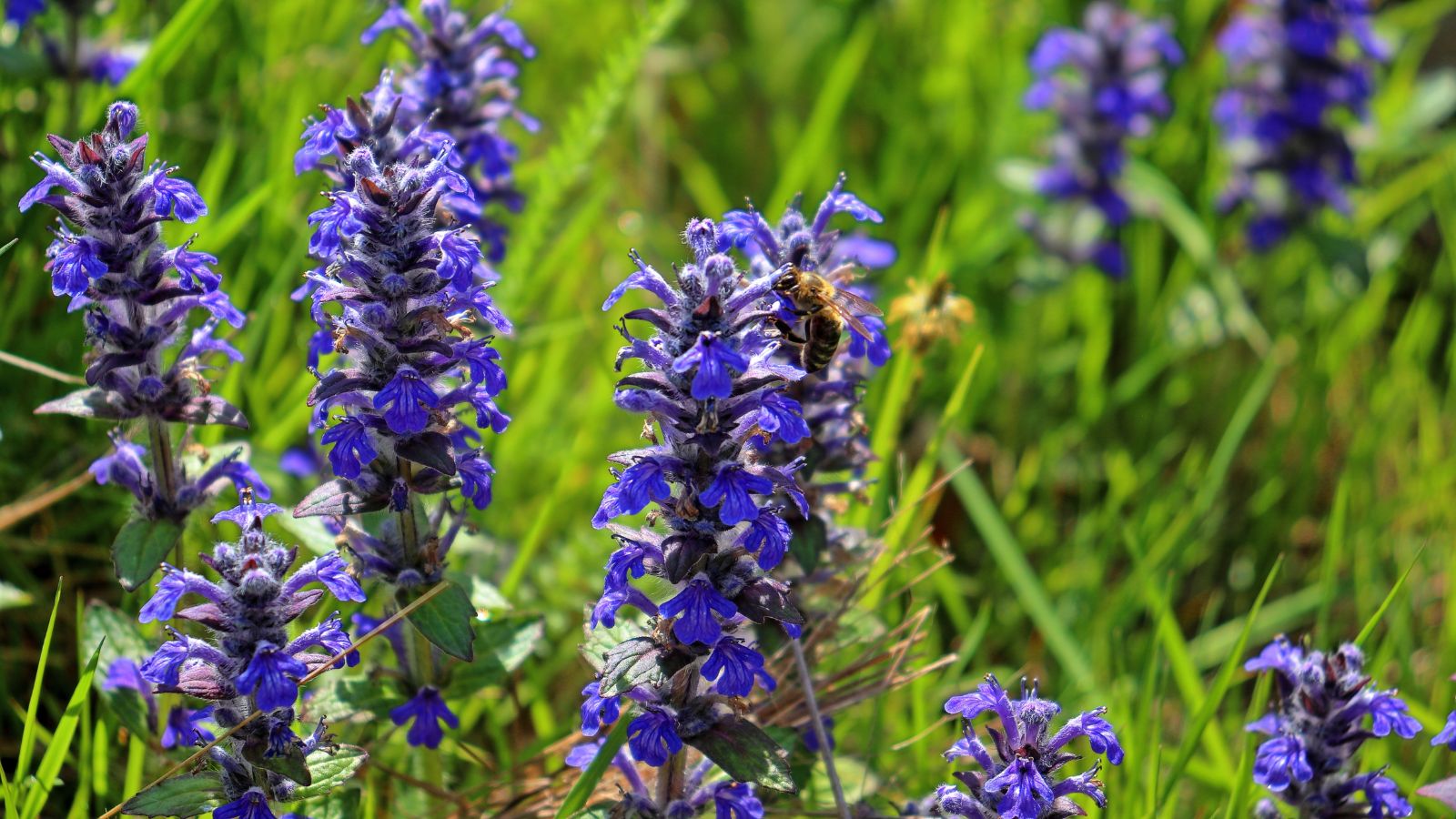
Bugleweed is a shade-loving ground cover with lush leaves that will, unfortunately, wilt under direct sunlight. Therefore, this plant does best in low to partial shade, where it maintains its vibrant foliage and delicate blue flower spikes. In the right location, bugleweed provides gentle ground cover that brings a whole lot of color to shaded areas.
Lily of the Valley
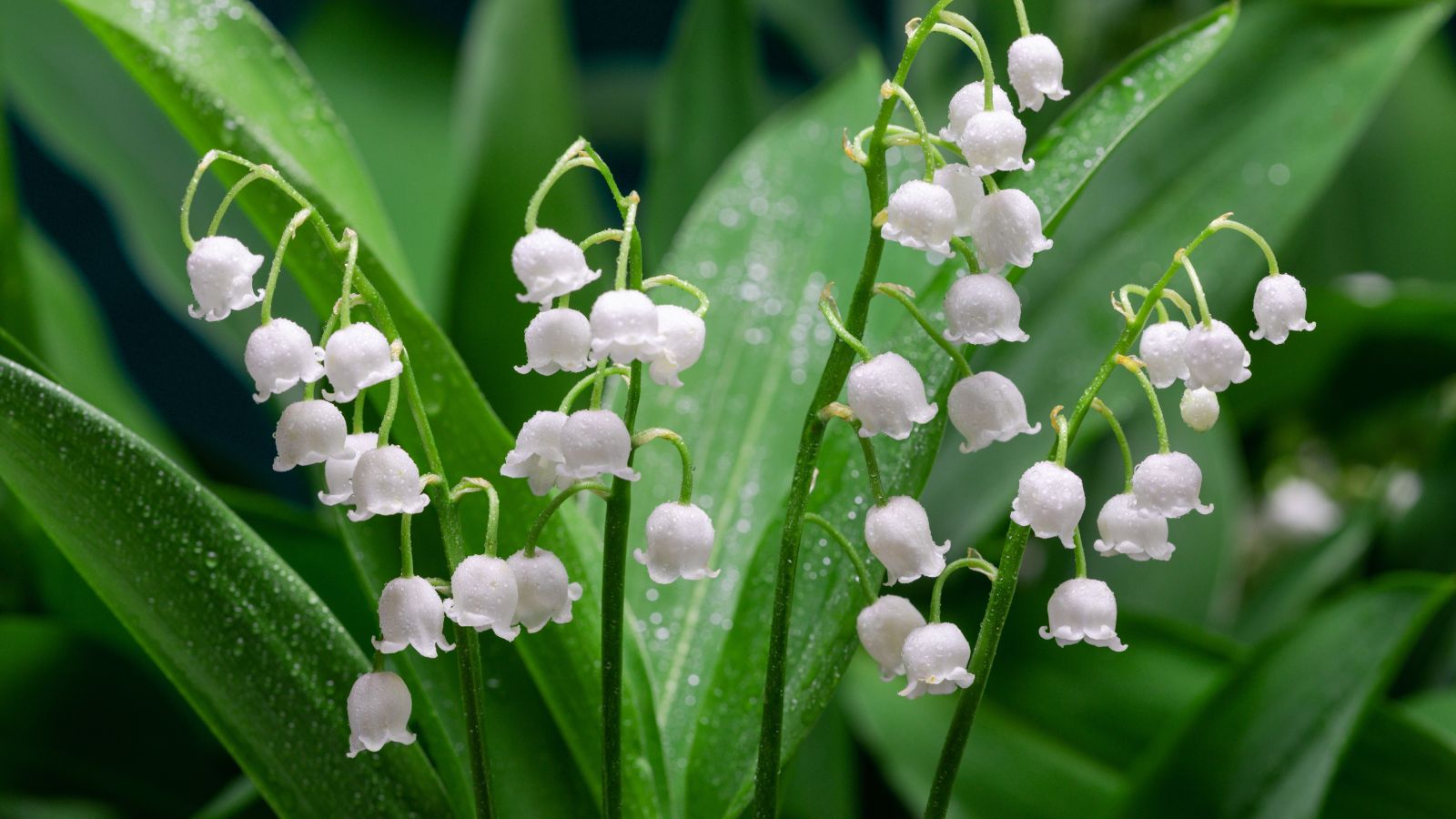
Lily of the valley, with its dainty white bells, thrives in shade, whereas direct sunlight causes its leaves to yellow and the flowers to fade quickly. In a cool, dark spot, though, it maintains its deep green leaves and delicate blooms, filling shaded garden beds with fragrance and beauty each spring.
Japanese Anemone
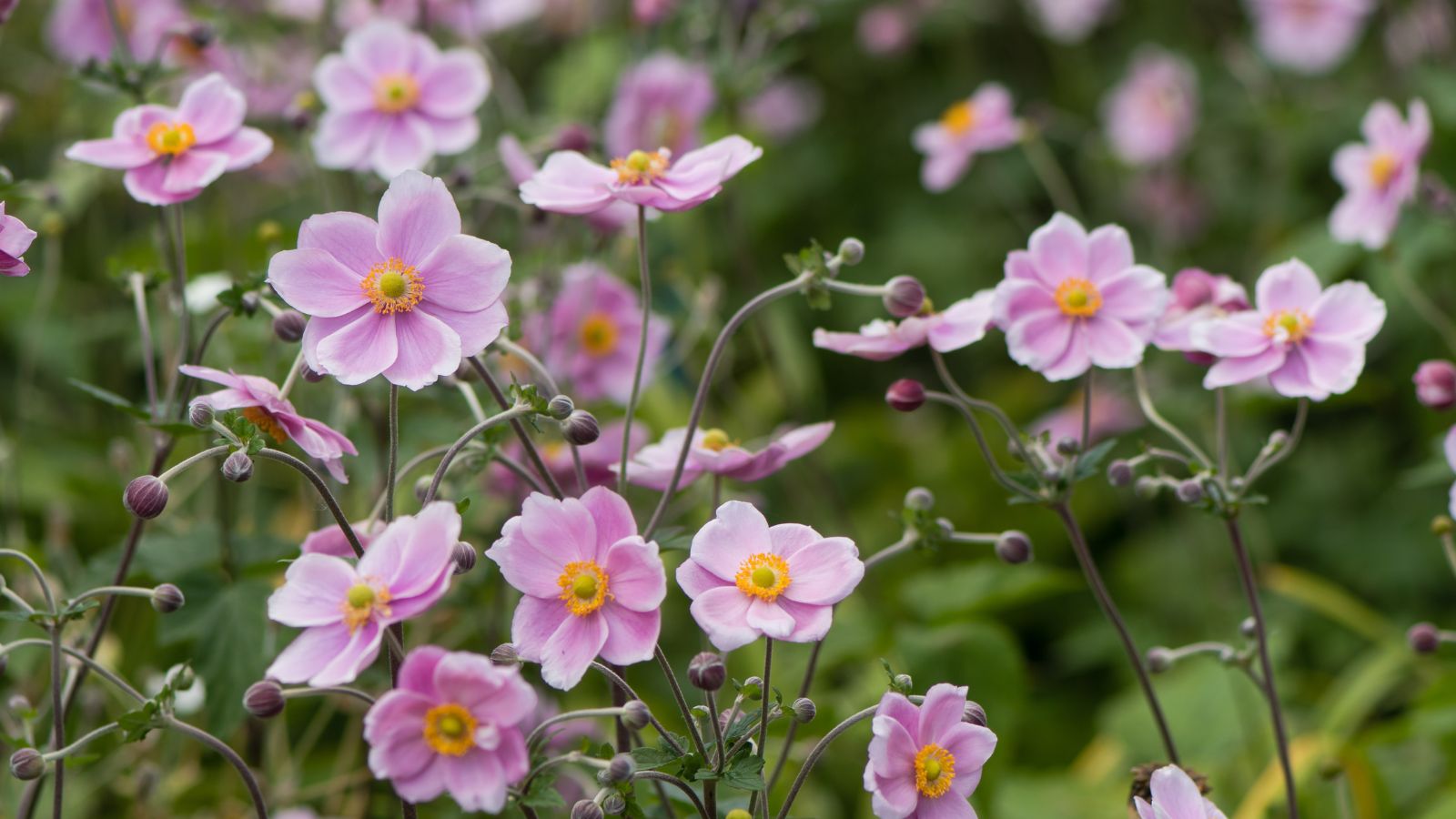
Famously, Japanese anemones bring airy, delicate blooms to the garden, but you don’t want to give them too much sun, as they’ll lose their petals quickly. Instead, keep these plants in shaded areas, especially in hotter climates; that way, they’ll maintain their soft pink or white flowers well into the season.
Caladium
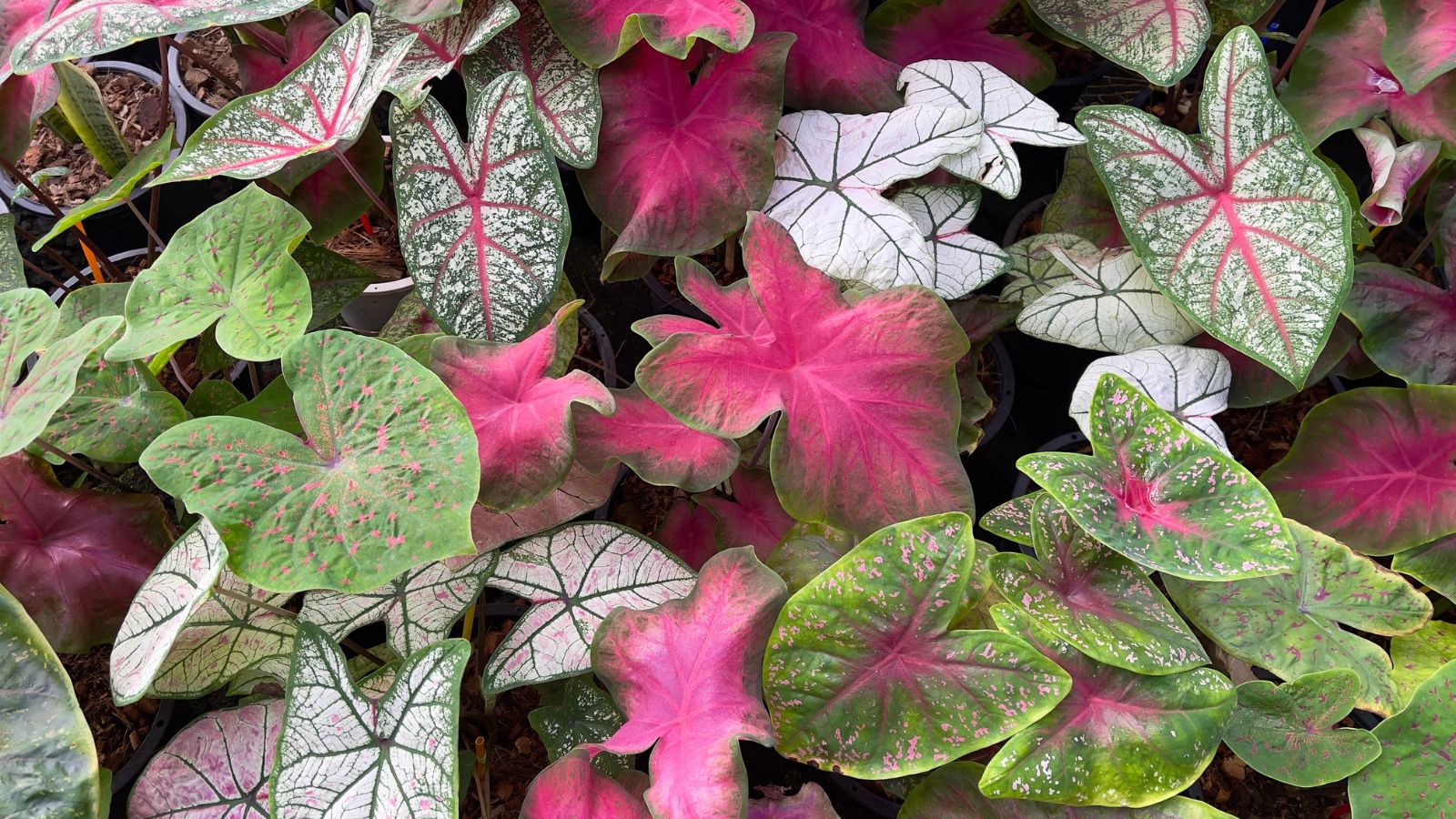
Known for their vibrant, multicolored leaves, caladiums love shade and suffer in direct sunlight. Leaf burn is common with too much exposure, making their colors fade, whereas indirect light or low light keeps these plants’ bold patterns vivid. Follow this basic rule, and you’ll get to appreciate its eye-catching look without the risk of sun damage.
Oxalis
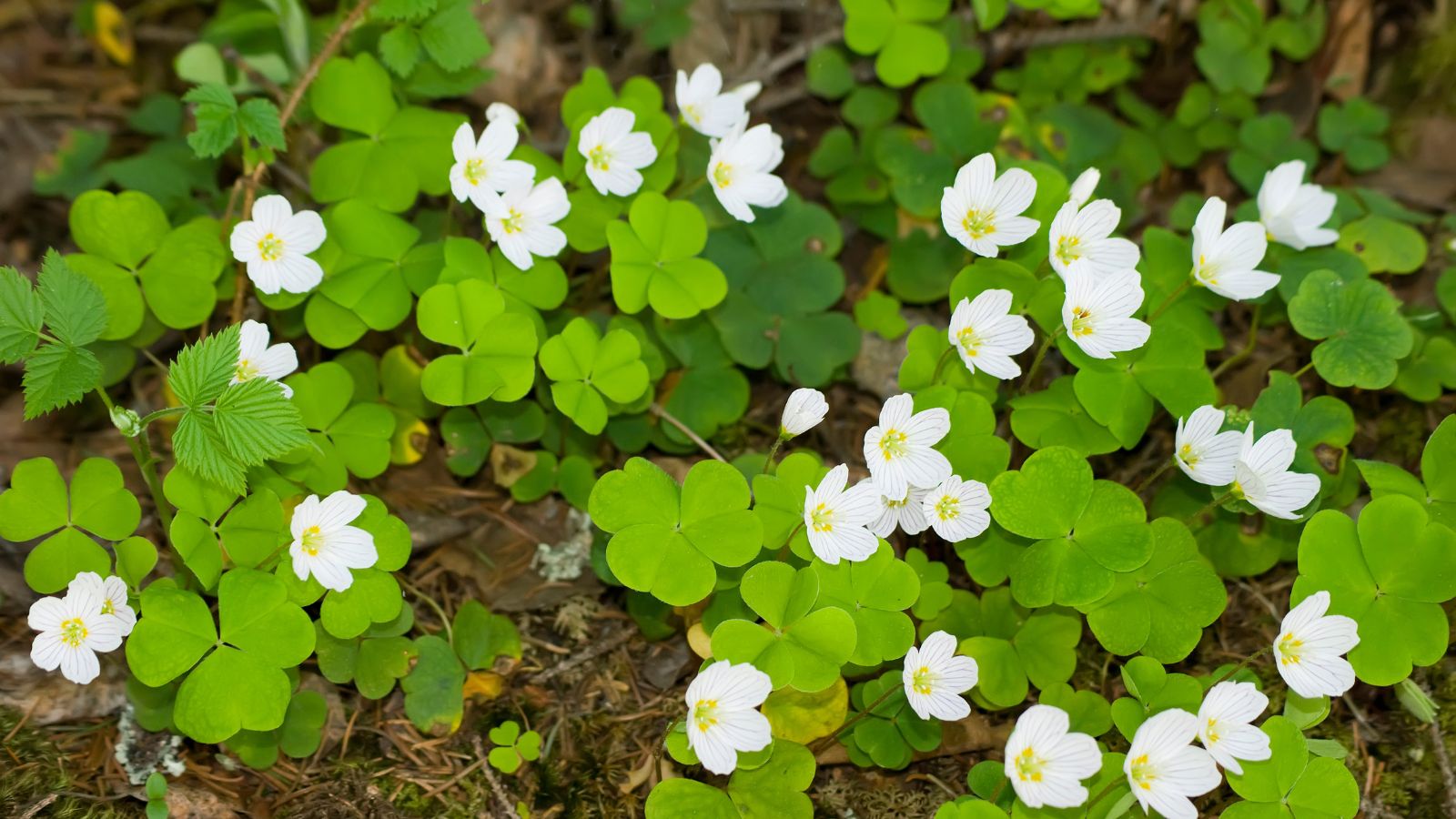
Many gardeners love oxalis for its clover-like leaves, but many also forget that it prefers partial shade, accidentally leaving them to curl in direct sunlight. You wouldn’t want that for your oxalis, so remember to plant it in a shaded bed or pot to help it stay lively. Thankfully, it can tolerate low light, but intense and direct sun exposure is going to be too much.
Sweet Woodruff
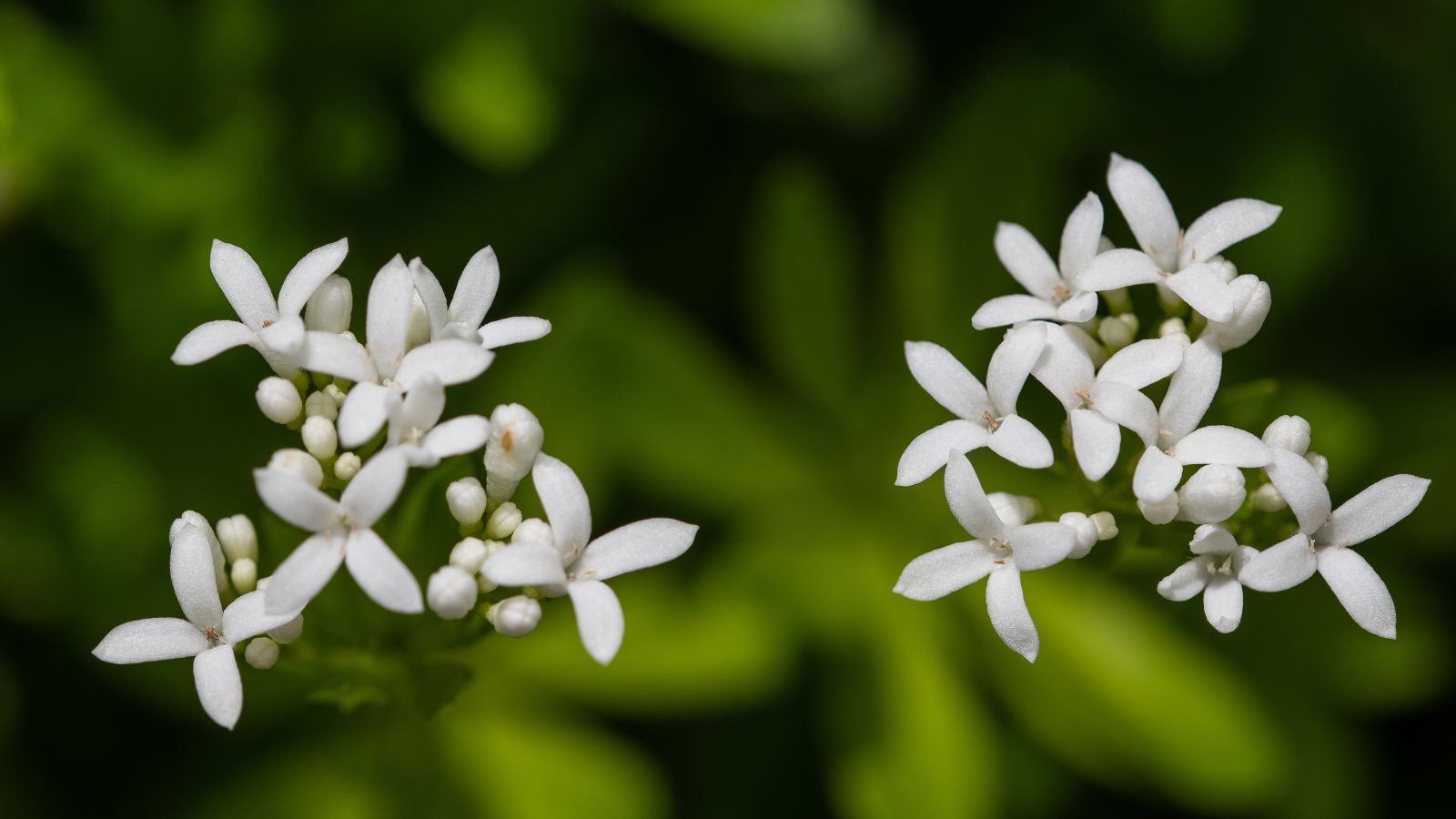
Finally, sweet woodruff grows best in shaded, moist environments and struggles in direct sunlight, which dries out its delicate leaves. Kept in a shady garden bed, however, it will reward gardeners with tiny white flowers and fragrant foliage, providing gentle ground cover for tucked-away spots and giving a refreshing feel to shaded areas.
